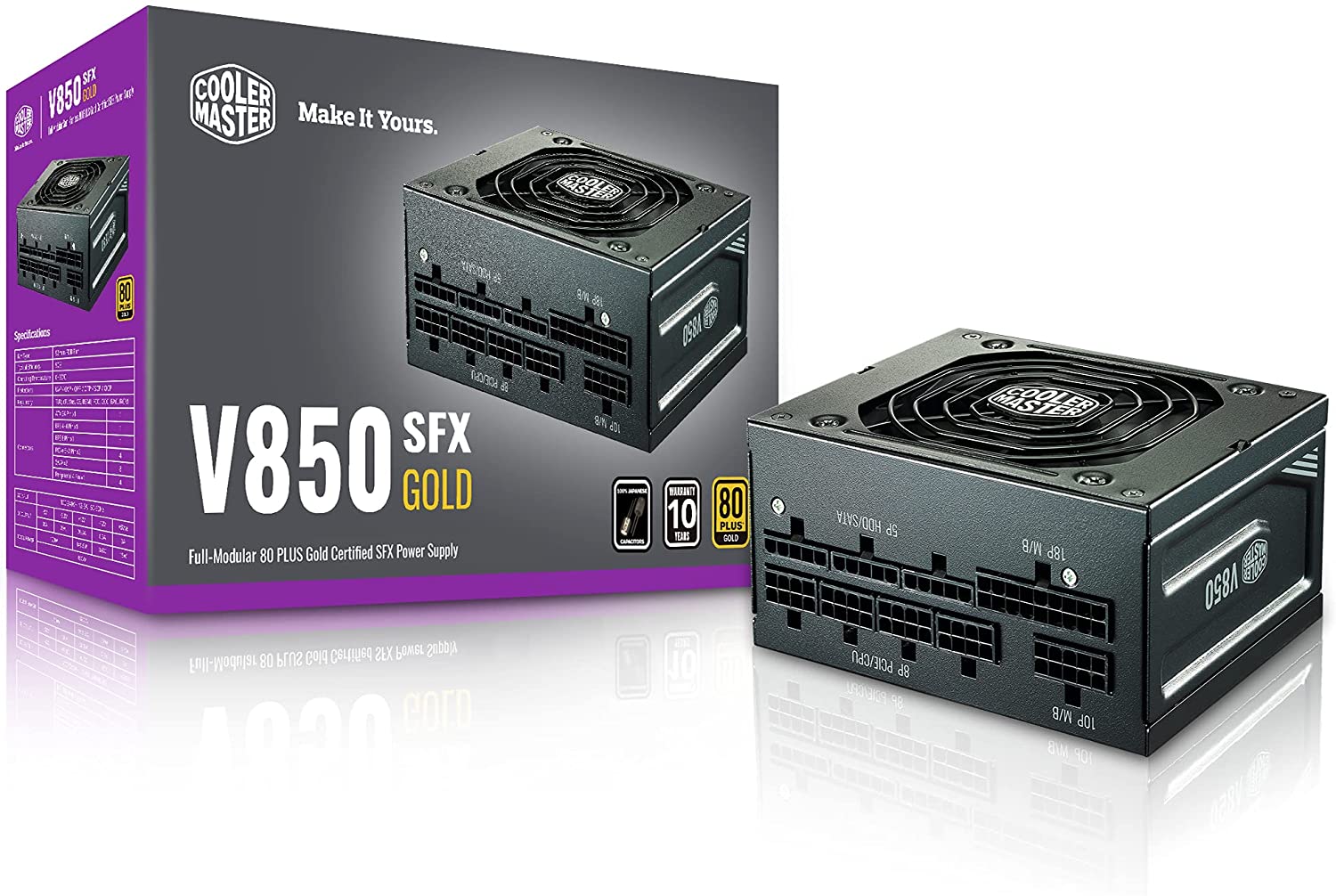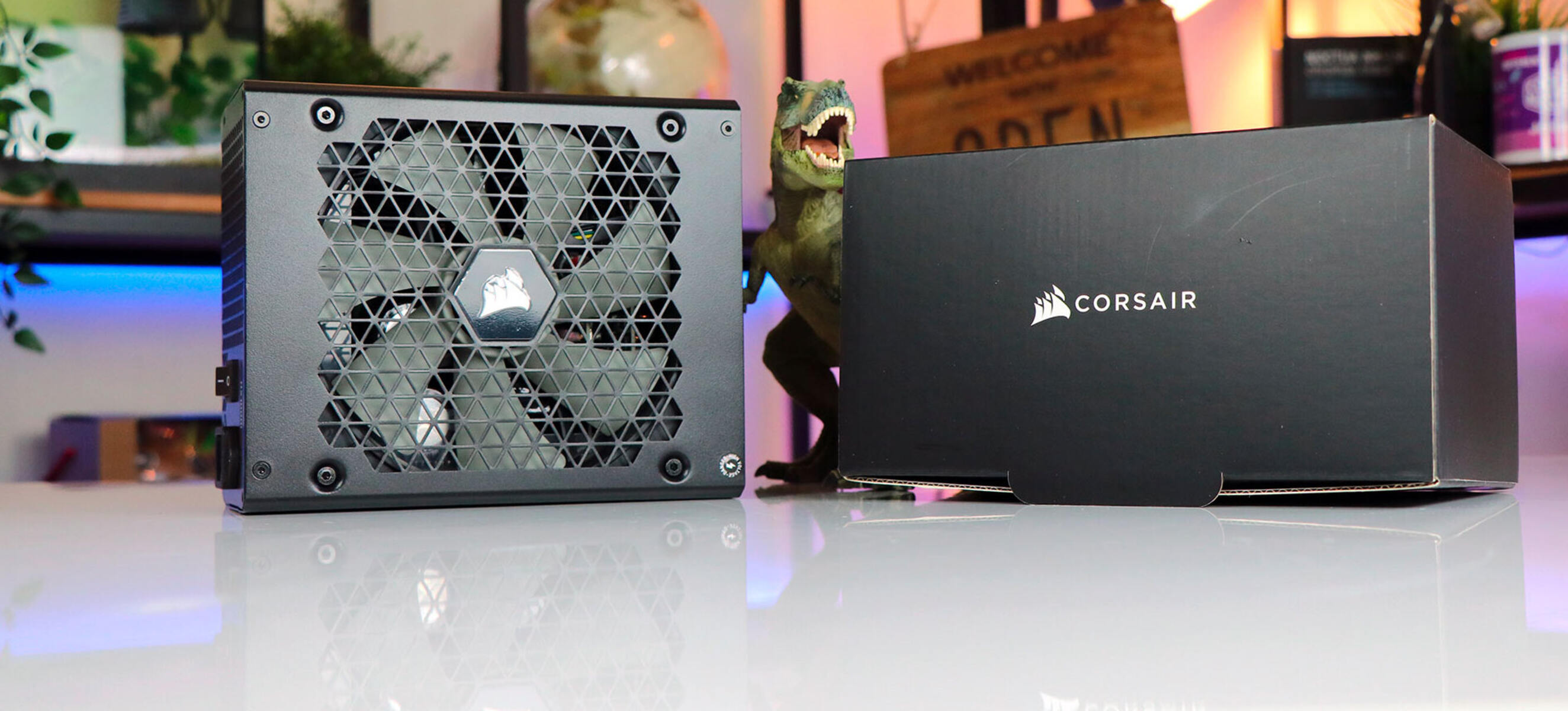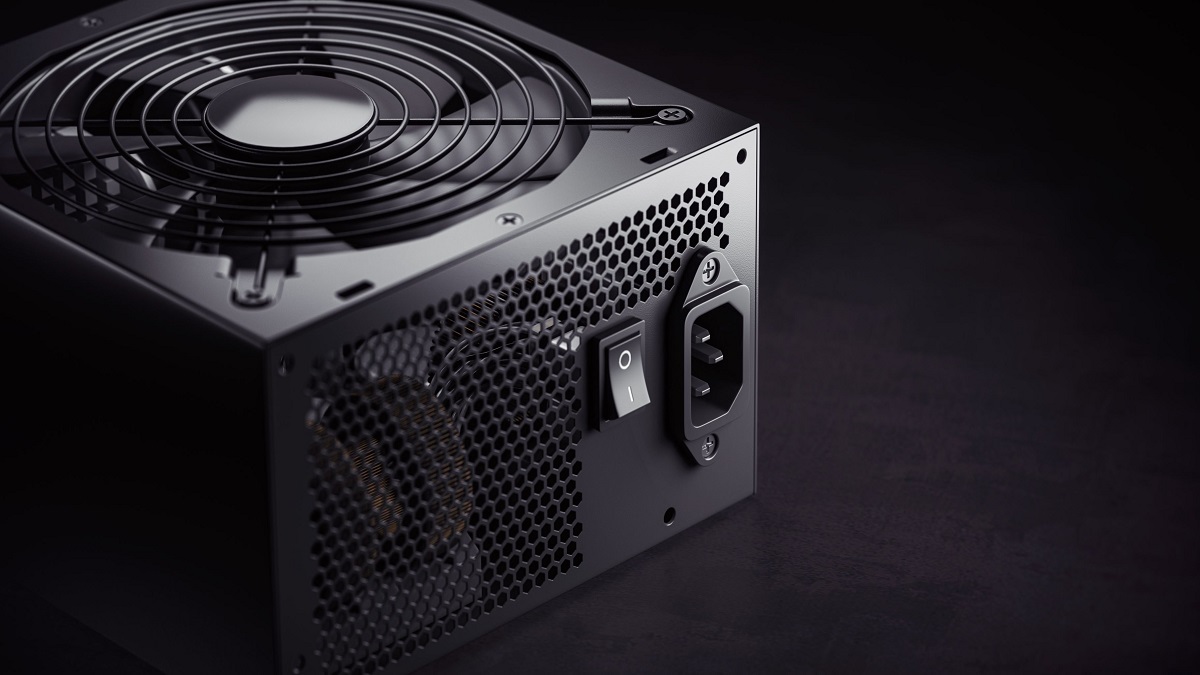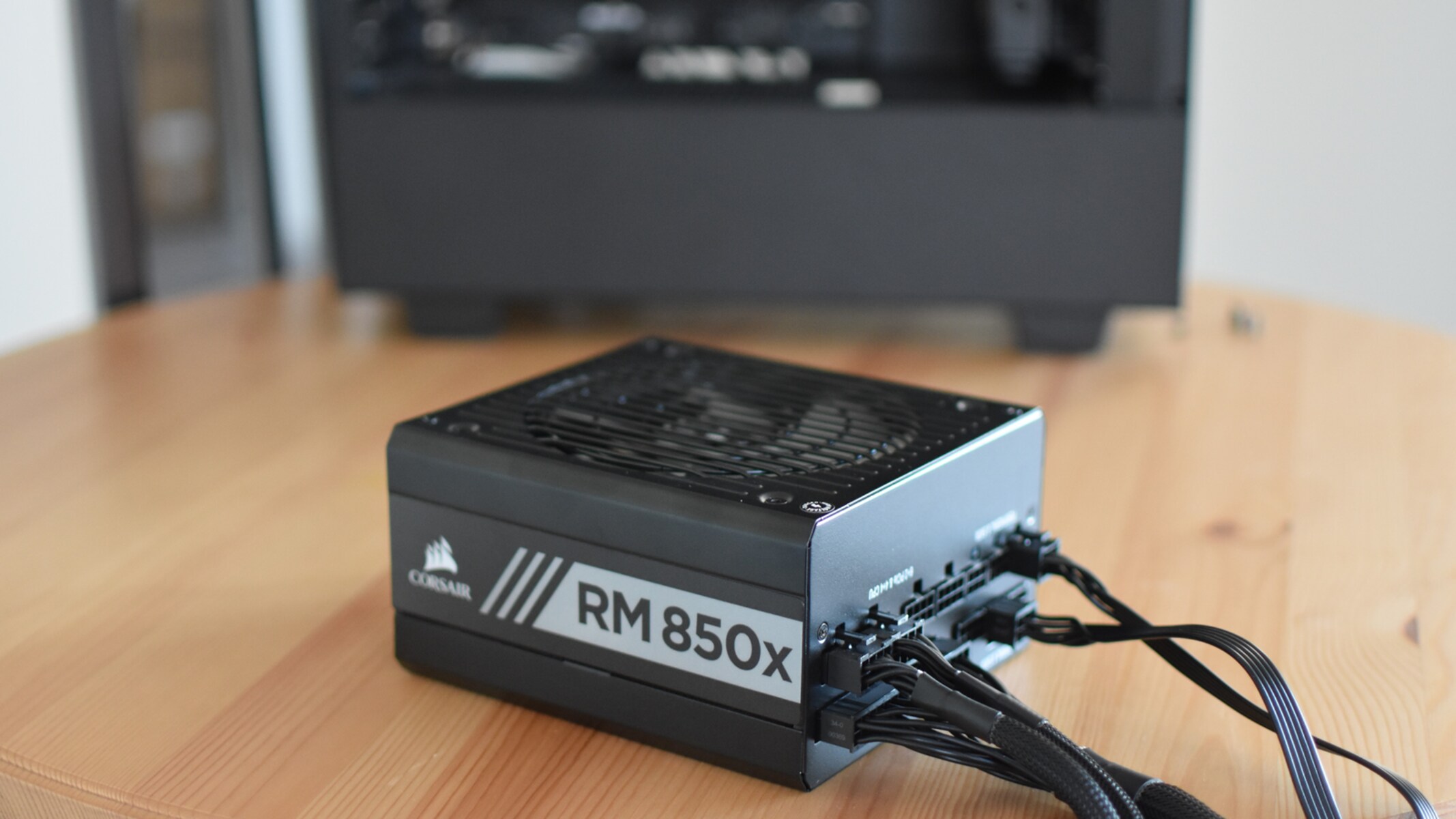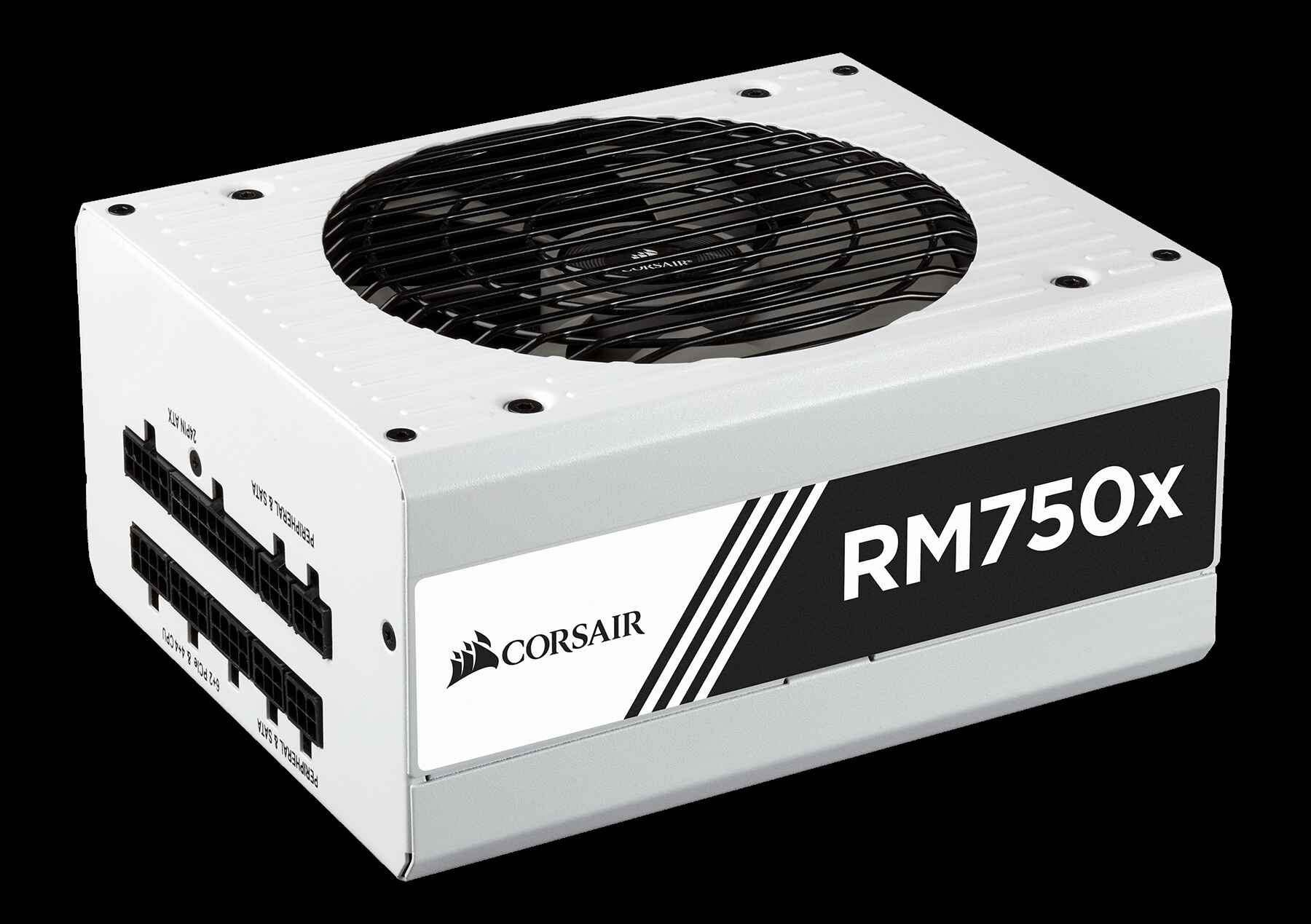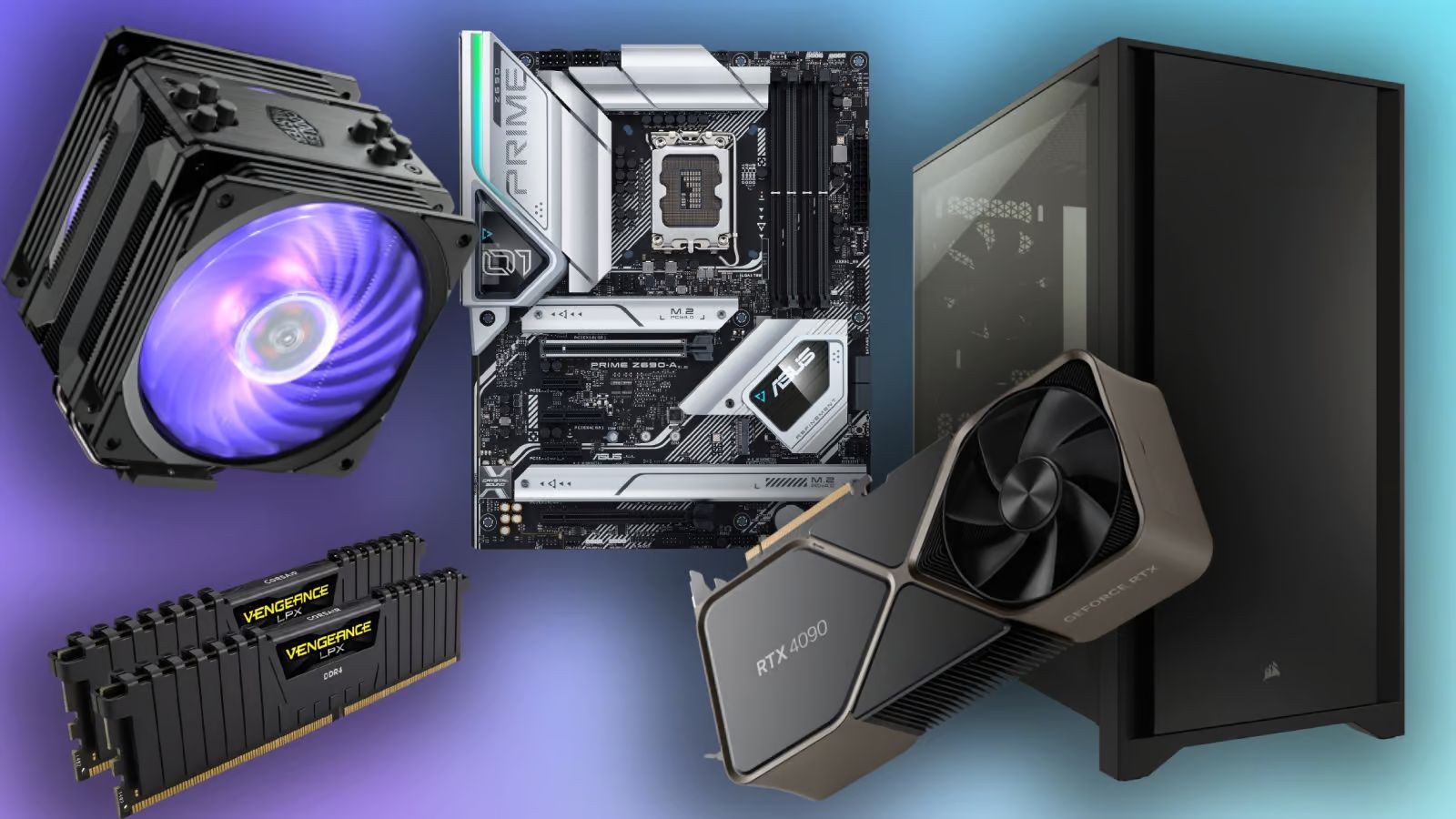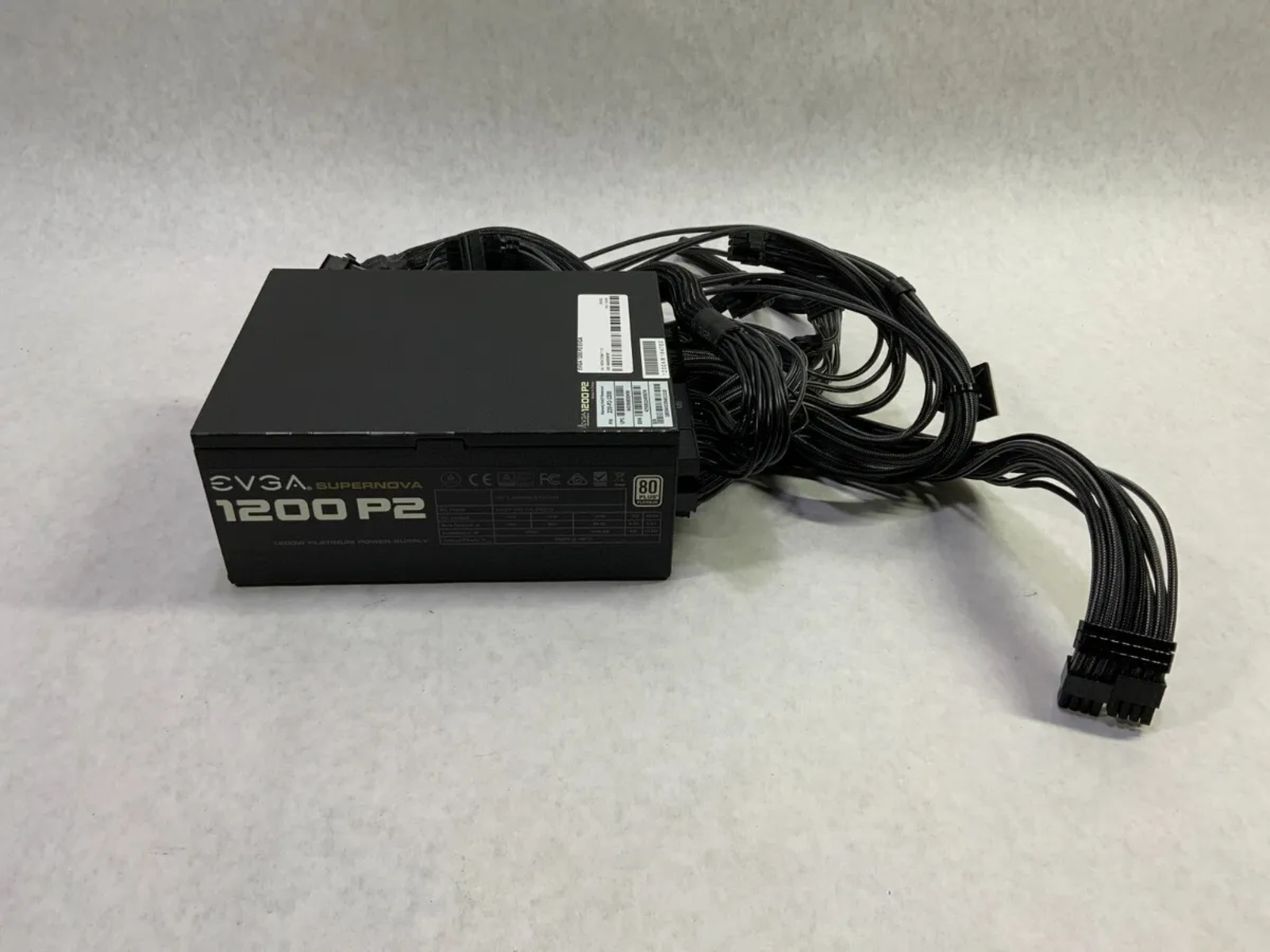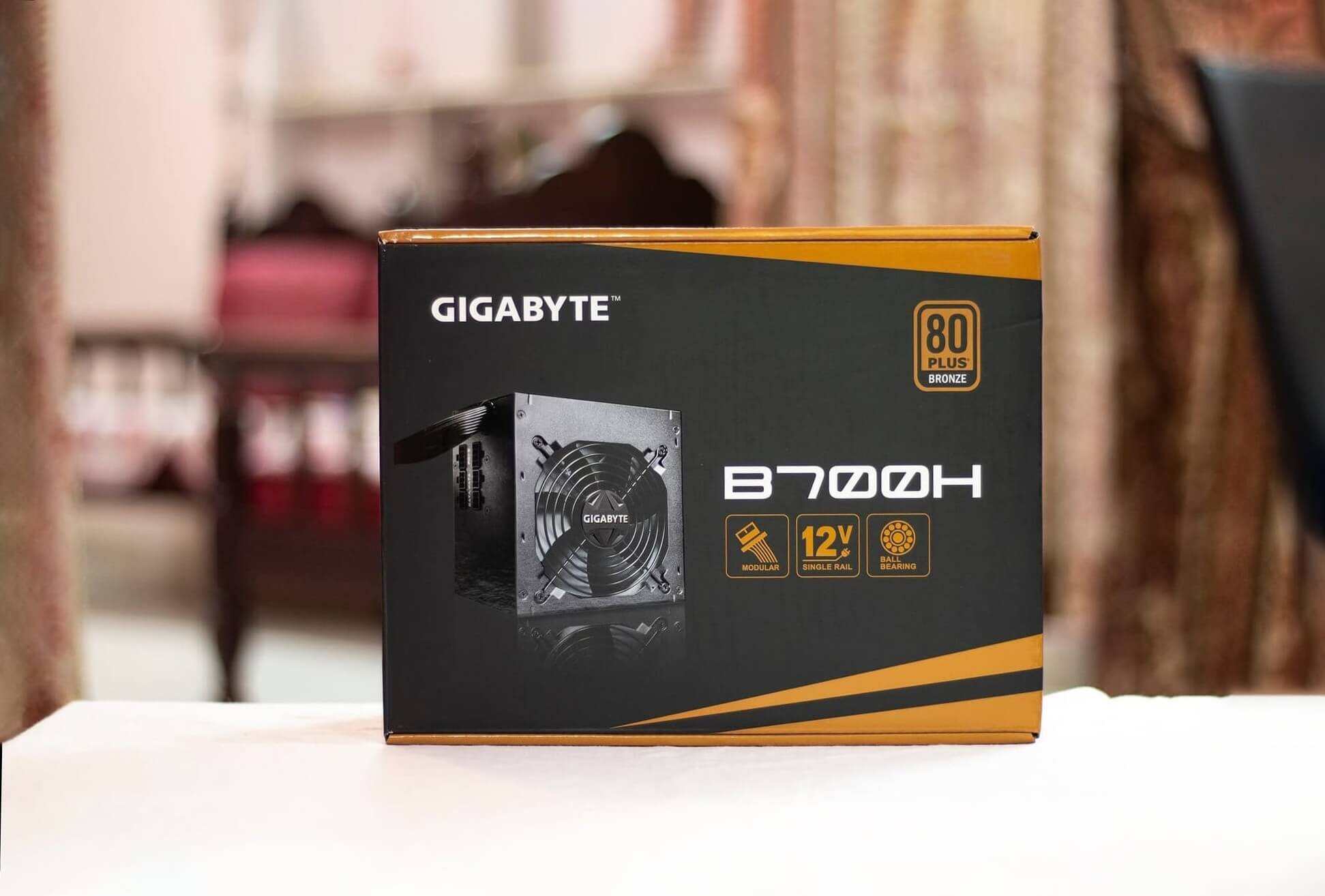Introduction
Welcome to the world of power supply units (PSUs). These devices may seem simple, but they play a crucial role in providing the necessary power for your computer or electronic device to function smoothly. With advances in technology, power supply units have evolved, and one of the notable innovations is the modular power supply unit.
A modular power supply unit offers an efficient and customizable power solution for your computer. Unlike traditional power supply units that come with fixed cables, a modular power supply unit allows you to connect only the cables you need, reducing clutter and improving airflow within your system. This flexibility not only simplifies cable management but also enhances the overall aesthetics of your computer through a clean and organized look.
In this article, we will explore what modular power supply units are, the benefits they offer, the different types available on the market, how they work, and tips for choosing the right unit for your needs. Whether you’re a gaming enthusiast, a professional video editor, or a casual computer user, understanding modular power supply units can help you make an informed decision when upgrading or building your system.
So, let’s delve into the world of modular power supply units and discover how they can revolutionize the way you power your computer.
What Is a Modular Power Supply Unit?
A modular power supply unit is a type of power supply unit (PSU) that allows you to connect and disconnect cables according to your specific needs. Unlike non-modular power supply units, which come with a fixed set of cables that are permanently attached to the unit, a modular power supply unit provides the flexibility of using only the necessary cables. This means you can customize your cable management and eliminate unnecessary clutter inside your computer case.
The modular design of these power supply units simplifies the installation and maintenance processes. Instead of dealing with a bundle of unused cables, you can connect only the required cables to power your components. This not only improves airflow within your system but also enhances the overall aesthetics of your computer by reducing cable clutter.
Modular power supply units are available in different configurations, with varying numbers of modular cable slots. Some may feature partially modular designs, where certain essential cables, like the motherboard and CPU power connectors, are permanently attached, while others offer fully modular designs, allowing you to remove and add cables as needed.
Whether you’re building a high-performance gaming computer or a compact workstation, a modular power supply unit offers the versatility and customization options necessary to meet your specific requirements. By delivering power precisely where it’s needed, it ensures the reliable and efficient operation of your computer components.
While modular power supply units offer numerous advantages, it’s essential to understand their limitations as well. The main drawback is the higher cost compared to non-modular PSUs. This is due to the added complexity and design considerations required to implement the modular functionality. However, the benefits in terms of cable management, improved airflow, and overall system aesthetics often outweigh the additional cost for many users.
Now that we have a clear understanding of what a modular power supply unit is, let’s explore the benefits it offers in more detail.
Benefits of Modular Power Supply Units
Modular power supply units come with a range of advantages that make them a popular choice among computer enthusiasts and professionals alike. Let’s explore some of the key benefits of using a modular power supply unit:
- Simplified Cable Management: One of the primary benefits of a modular power supply unit is the ease of cable management. Traditional power supplies often come with a fixed set of cables, leading to a cluttered mess of unused cables inside your computer case. With a modular power supply unit, you can connect only the necessary cables, minimizing cable clutter and making it easier to achieve a clean and organized system.
- Improved Airflow: By eliminating unnecessary cables, a modular power supply unit improves the airflow within your computer case. This helps in maintaining optimal temperatures for your components, reducing the risk of overheating and ensuring better performance and longevity for your hardware.
- Customizable Configuration: Modular power supply units offer the flexibility to customize your cable configuration according to your specific requirements. This is particularly useful for enthusiasts and professionals who may have unique system setups or multiple graphics cards that require additional power connectors.
- Easier Upgrades: When upgrading your computer components, you may need to add or replace certain cables to support the new hardware. With a modular power supply unit, this process becomes much simpler. You can easily swap out the necessary cables without the hassle of dealing with a tangled mess of cables inside your case.
- Aesthetically Pleasing: A clean and organized cable management solution can significantly enhance the overall aesthetics of your computer. Modular power supply units allow you to showcase your hardware without the distraction of untidy cables, resulting in a professional and visually appealing system.
These benefits make modular power supply units an excellent choice for anyone looking to build a high-performance system while maintaining a clean and efficient setup. However, it’s important to choose the right type of modular power supply unit that suits your specific needs. In the next section, we will explore the different types of modular power supply units available in the market.
Types of Modular Power Supply Units
Modular power supply units come in various types to cater to different needs and system configurations. Let’s take a look at the common types of modular power supply units:
- Partially Modular: Partially modular power supply units have some fixed cables permanently attached to the unit, while others are modular. The essential cables, such as the motherboard and CPU power connectors, are typically pre-connected. This design ensures stable and reliable power delivery to critical components, while still allowing flexibility for other cables.
- Fully Modular: Fully modular power supply units provide the highest level of flexibility as all cables are detachable. This means that you can connect and disconnect every cable according to your specific requirements. Fully modular power supply units are ideal for users who desire complete control over their cable management and need the ability to remove cables completely if not needed.
- Semi-Modular: Semi-modular power supply units strike a balance between partially modular and fully modular designs. They usually have some essential cables permanently connected, such as the motherboard and CPU power connectors, while offering modular slots for additional cables. This design provides some degree of flexibility while ensuring the stable power supply to critical components.
- Modular Cable Kits: Some power supply manufacturers offer modular cable kits as separate accessories. These kits allow you to purchase additional modular cables that are compatible with your existing power supply unit. This option is especially useful if you need specific cables for unique system configurations or upgrades.
The type of modular power supply unit you choose depends on your specific requirements and preferences. If you prioritize stability and reliability, a partially modular unit may be suitable for you. On the other hand, if you value complete customization and cable management control, a fully modular power supply unit may be the best choice. Semi-modular options offer a compromise between flexibility and stability.
It’s important to consider your system’s power demands, the number and type of components, as well as any potential future upgrades when selecting a modular power supply unit. This will ensure that you have the appropriate number and types of modular cable connectors to meet your power requirements.
Now that we’ve explored the different types of modular power supply units, let’s dive into how these units work and deliver power to your computer components.
How Does a Modular Power Supply Unit Work?
A modular power supply unit operates on the same principles as a traditional power supply unit (PSU), but with the added flexibility of modular cables. Understanding how these units work is essential for ensuring proper installation and operation.
The main function of a power supply unit is to convert the incoming AC (alternating current) from your wall socket into DC (direct current) power that your computer components require. This conversion process involves multiple stages:
- AC-to-DC Conversion: The incoming AC power is first rectified and transformed into DC power. This process involves the use of diodes and transformers to convert the voltage and eliminate fluctuations or interference.
- Filtering and Regulation: The converted DC power is then filtered and regulated to ensure it remains stable and within the appropriate voltage ranges. This helps provide consistent and clean power to your computer components, preventing potential damage or instability.
- Power Distribution: Once the power has been converted and regulated, it is distributed to the various components inside your computer. This includes powering the motherboard, CPU, graphics card, storage devices, and peripherals.
In the case of a modular power supply unit, the key difference lies in the cable configuration. Instead of fixed cables, modular power supply units feature detachable cables that can be connected and disconnected as needed.
Each modular power supply unit comes with a variety of cables, including ones for the motherboard, CPU, graphics card, storage devices, and peripherals. These cables usually have specific connectors that match the corresponding ports on your components.
When installing a modular power supply unit, you only need to connect the necessary cables to your components. This allows for a cleaner and more efficient cable management system. Unused cables can be left disconnected or stored away, reducing clutter and improving airflow within your computer case.
It’s important to note that modular power supply units often include additional cables to accommodate a wide range of system configurations. Make sure to read the user manual and identify which cables are essential for your setup to avoid any compatibility issues or confusion during installation.
Now that we have explored how modular power supply units work, let’s move on to the next section, where we will provide essential tips for choosing the right modular power supply unit for your needs.
Tips for Choosing the Right Modular Power Supply Unit
Choosing the right modular power supply unit is essential to ensure a stable and efficient power supply for your computer components. Here are some tips to consider when selecting a modular power supply unit:
- Power Rating: Determine the power requirements of your system. Calculate the total power consumption of all your components, including the CPU, graphics card, storage devices, and peripherals. Choose a modular power supply unit that can deliver sufficient power to meet your system’s demands. It’s advisable to select a unit with a power rating slightly higher than your calculation to allow for future upgrades.
- Efficiency Rating: Look for modular power supply units with high efficiency ratings. The efficiency rating indicates how much of the input power is effectively converted into usable power for your components. Higher efficiency ratings result in less wasted energy and lower operating costs in the long run.
- Modular Cable Connectors: Consider the number and types of modular cable connectors required for your system. Ensure that the modular power supply unit has the necessary connectors to support your motherboard, CPU, graphics card, storage devices, and other peripherals. It’s also worth checking if the unit includes additional cables or offers compatibility with modular cable kits for future expandability.
- Brand and Reliability: Choose a modular power supply unit from a reputable and reliable brand. Research customer reviews and feedback to ensure the unit has a good track record for performance and durability. A reliable power supply is crucial for the stability of your system and the longevity of your components.
- Warranty: Check the warranty provided by the manufacturer. A longer warranty period indicates the manufacturer’s confidence in the product’s quality. It also offers peace of mind knowing that you’re covered in case of any issues or defects.
- Budget: Consider your budget when selecting a modular power supply unit. While it’s tempting to opt for the cheapest option available, it’s important to balance cost with quality and performance. Investing in a reliable and efficient unit can save you from potential issues and component damage in the long run.
By considering these tips and doing thorough research, you can find the right modular power supply unit that meets your power requirements, provides efficient and stable power delivery, and offers the necessary flexibility for your system configurations.
Now that you have a better understanding of the factors to consider when choosing a modular power supply unit, let’s move on to the next section, where we will discuss the installation and maintenance of these units.
Installation and Maintenance of Modular Power Supply Units
The installation and maintenance of a modular power supply unit require careful attention to ensure proper functionality and longevity. Follow these guidelines to install and maintain your modular power supply unit:
- Preparation: Before installing the modular power supply unit, ensure that your computer is powered off and unplugged from the electrical outlet. Open the computer case and identify the location where the power supply will be installed. Make sure to handle the power supply unit with care, avoiding any physical damage or static discharge.
- Cable Connections: Carefully connect the necessary modular cables from the power supply unit to the corresponding components in your computer. Refer to your motherboard and component manuals to ensure that the cables are connected to the appropriate ports. Take your time to route and manage the cables to achieve an organized and clutter-free interior.
- Mounting: Securely mount the modular power supply unit in the designated space inside your computer case using the provided screws. Ensure that the unit is properly aligned and firmly attached to prevent any movement or vibration while the computer is in use.
- Cable Management: Utilize cable management features within your computer case, such as cable routing holes and tie-down points, to keep the cables neatly organized. This helps improve airflow and prevent cable interference with other components.
- Testing: After installation, double-check all cable connections to ensure they are secure. Plug in and switch on the power supply, and then power on your computer to verify that all components are receiving the necessary power. Monitor the system for any irregularities, such as abnormal noises or fluctuations in voltage, and address them accordingly.
- Maintenance: Regularly inspect your modular power supply unit for any signs of dust accumulation or debris. Use compressed air or an anti-static brush to clean the ventilation grilles and cooling fans, ensuring proper airflow and preventing overheating. Always follow the manufacturer’s guidelines for cleaning and maintenance to avoid any damage to the unit.
Additionally, it’s important to periodically check the manufacturer’s website or support page for any firmware updates or driver enhancements for your modular power supply unit. Keeping the unit’s firmware up to date ensures optimal performance and compatibility with the latest technologies.
By following these installation and maintenance practices, you can ensure the reliable and efficient operation of your modular power supply unit and extend its lifespan.
Now that we’ve covered the installation and maintenance aspects, it’s time to wrap up our exploration of modular power supply units in the next section.
Conclusion
Modular power supply units provide a flexible and customizable solution for powering your computer components. With their ability to connect and disconnect cables according to your specific needs, they offer simplified cable management, improved airflow, and enhanced aesthetics for your system.
In this article, we explored what modular power supply units are and the benefits they offer. We discussed the different types of modular power supply units, including partially modular, fully modular, semi-modular, and modular cable kits. We also delved into how modular power supply units work, converting AC power to DC power and distributing it to your components.
When it comes to choosing the right modular power supply unit, we provided tips such as considering power rating, efficiency rating, modular cable connectors, brand reliability, warranty, and budget. These factors help ensure that you select a unit that meets your power requirements and provides stable and efficient power delivery.
We also discussed the installation and maintenance of modular power supply units, emphasizing the importance of proper cable connections, cable management, unit mounting, testing, and regular maintenance to ensure optimal performance and longevity.
By understanding and utilizing modular power supply units effectively, you can enjoy a reliable and efficient power supply for your computer, while also maintaining a clean and organized system.
Now, armed with the knowledge gained from this article, you can confidently embark on your journey to upgrade or build a computer with a modular power supply unit that suits your needs and preferences.







